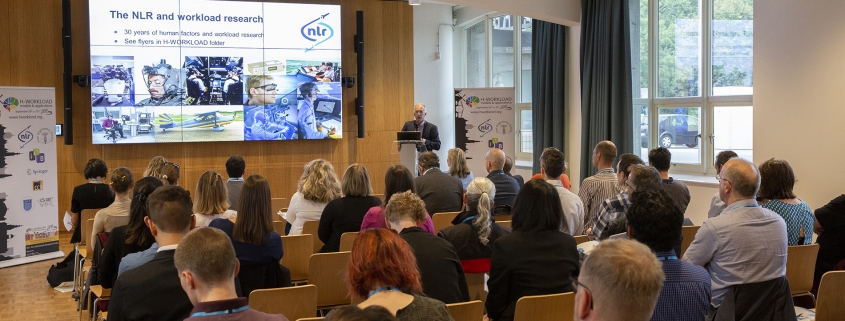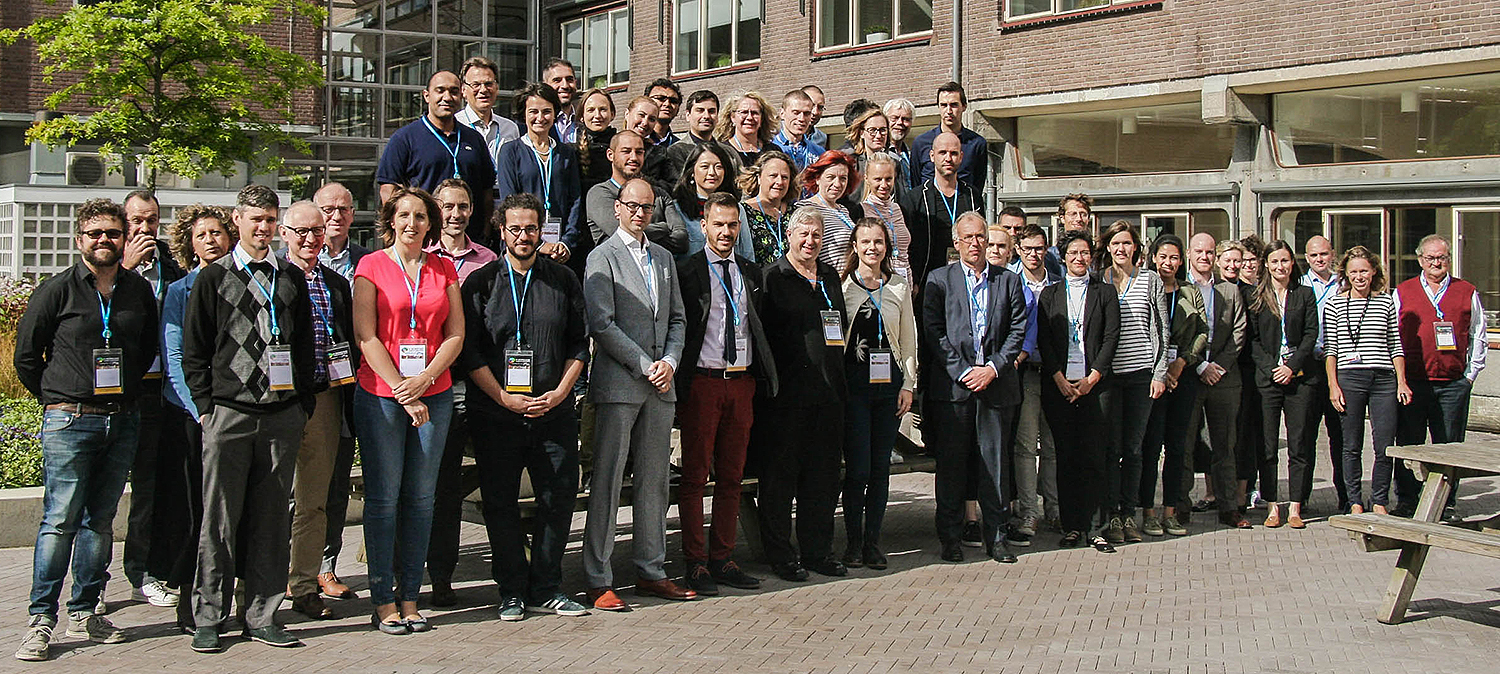On 20 and 21 September, NLR hosted the Second International Symposium on Human Mental Workload: Models and Applications (H-WORKLOAD 2018) in Amsterdam. The event was initiated by NLR, the Irish Ergonomics Society (IES) and the Dublin Institute of Technology (DIT). Leading researchers from the Netherlands and around the world presented their latest findings in the field of human mental workload, ranging from workload measurements in laboratory and operational settings to computer modelling of workloads. The main focus was on mental workload in the aviation sector. For instance, NLR presented a training course on dealing with the ‘Startle and Surprise’ response in pilots. Pilots are sometimes caught unaware by a situation which then startles them. Such a ‘Startle and Surprise’ response is undesirable when pilots are dealing with a complex situation. A specialized training course can help pilots dampen their ‘Startle and Surprise’ responses, so they can react in a more rational and effective manner. NLR also showed a new feature for Head-Up Displays (HUDs), which are nowadays also becoming increasingly common in the cockpits of commercial aircraft. An important benefit of HUDs is that they allow pilots to simultaneously look out the window and at their flight instruments. It would be even more effective if pilots would use HUDs not just to access information, but also to provide input to the aircraft, for instance in the event of last-minute runway changes. Pilots would then be able to select another runway during the approach, simply by directing their gaze at the relevant section of the HUD. NLR has already demonstrated that this is technically possible. Such features could reduce the workload for pilots in the long term. NLR also discussed the use of ‘eye tracking’. Researchers can use this technology to conduct an objective assessment of the mental workload of a pilot or air traffic controller, alongside a (subjective) questionnaire. An eye tracker can register involuntary responses such as blinking and pupil dilation and as such continually track the mental workload of pilots and air traffic controllers.
Also an update on the current state of research into machine-learning algorithms was presented. Such algorithms can be used to determine the psycho-physiological condition of operators and other individuals based on their brainwaves (i.e. EEG data). The resulting information can be used to optimize human performance. This approach was successfully used to develop a brain-computer interface for air traffic controllers. The interface assesses the mental state of controllers based on EEG data, and uses this information to determine how much autonomous automation support should be provided to the controller by computer systems.
For more information, please refer to the website of the H-WORKLOAD 2018 symposium at http://www.hworkload.org/2018.

 NLR
NLR
 KLM
KLM